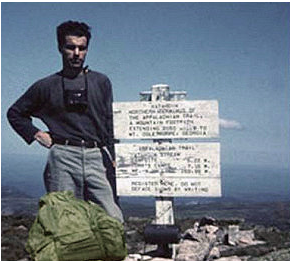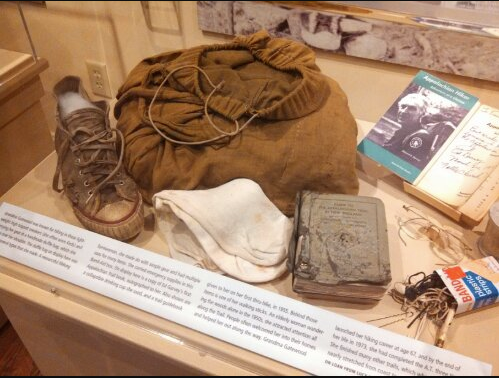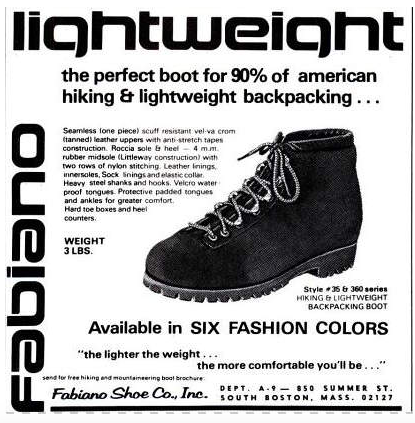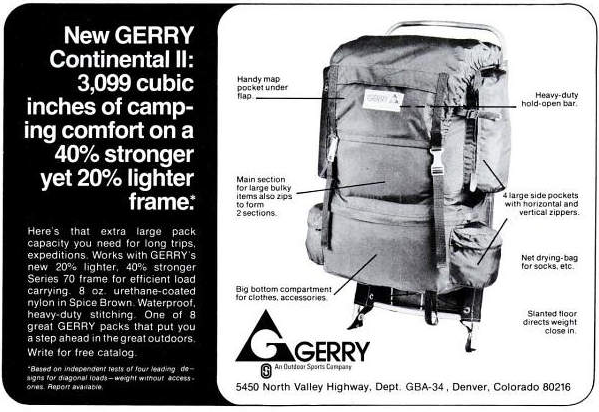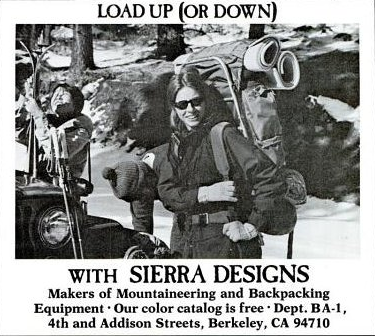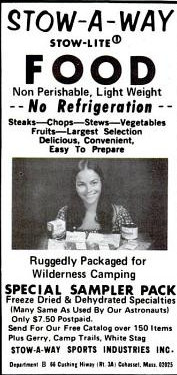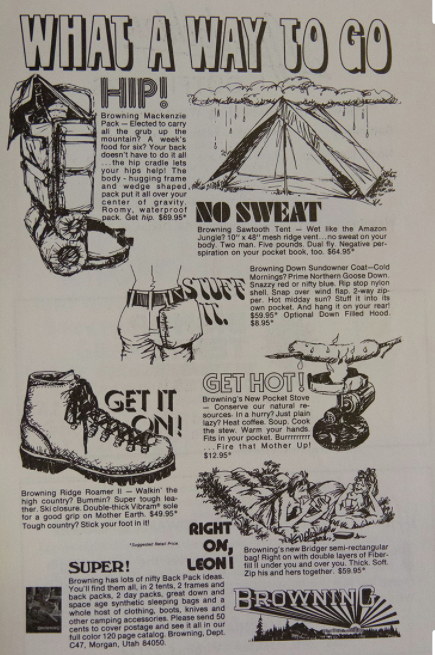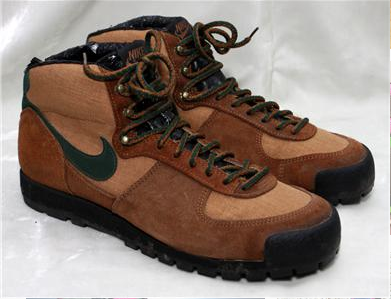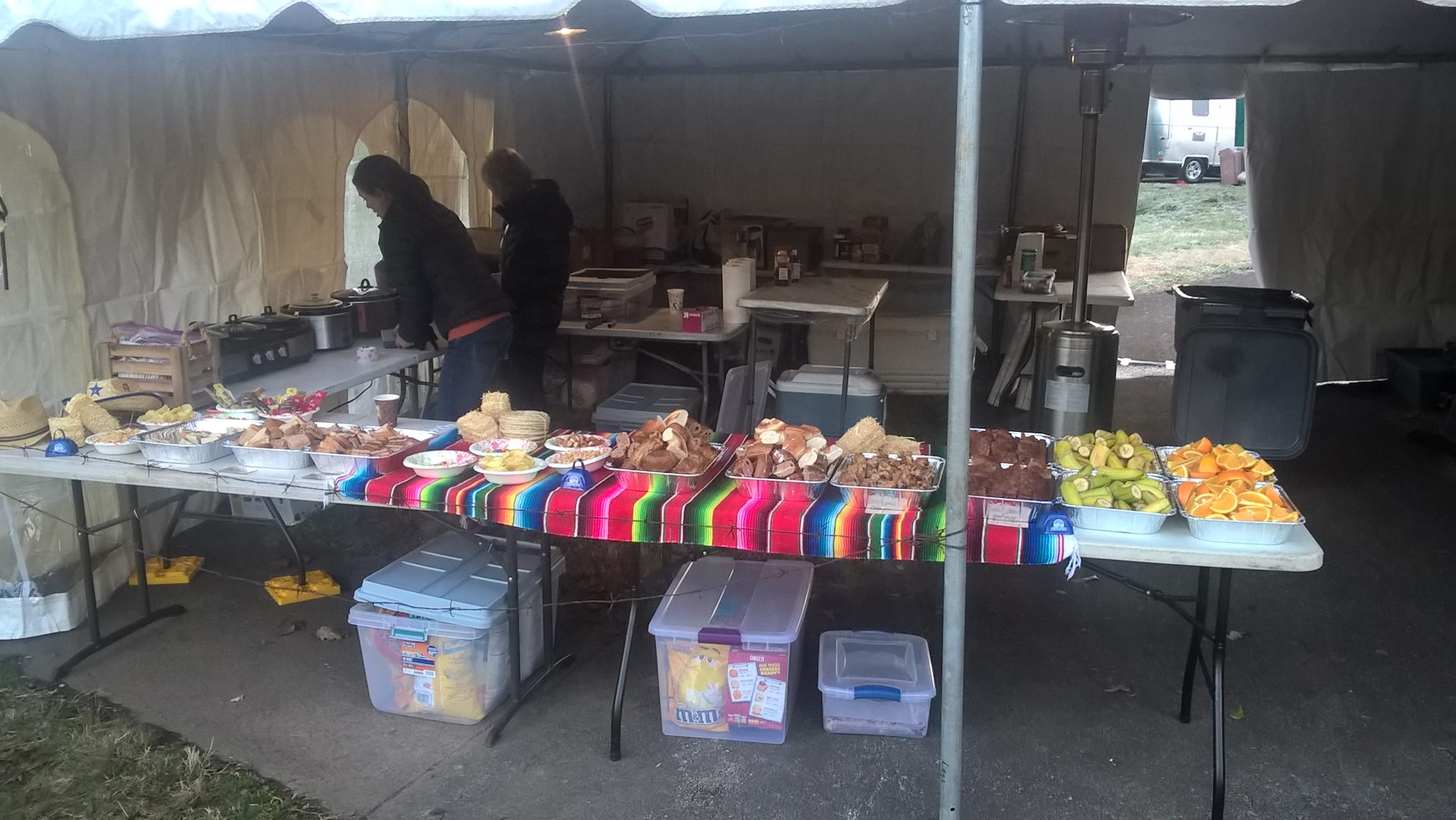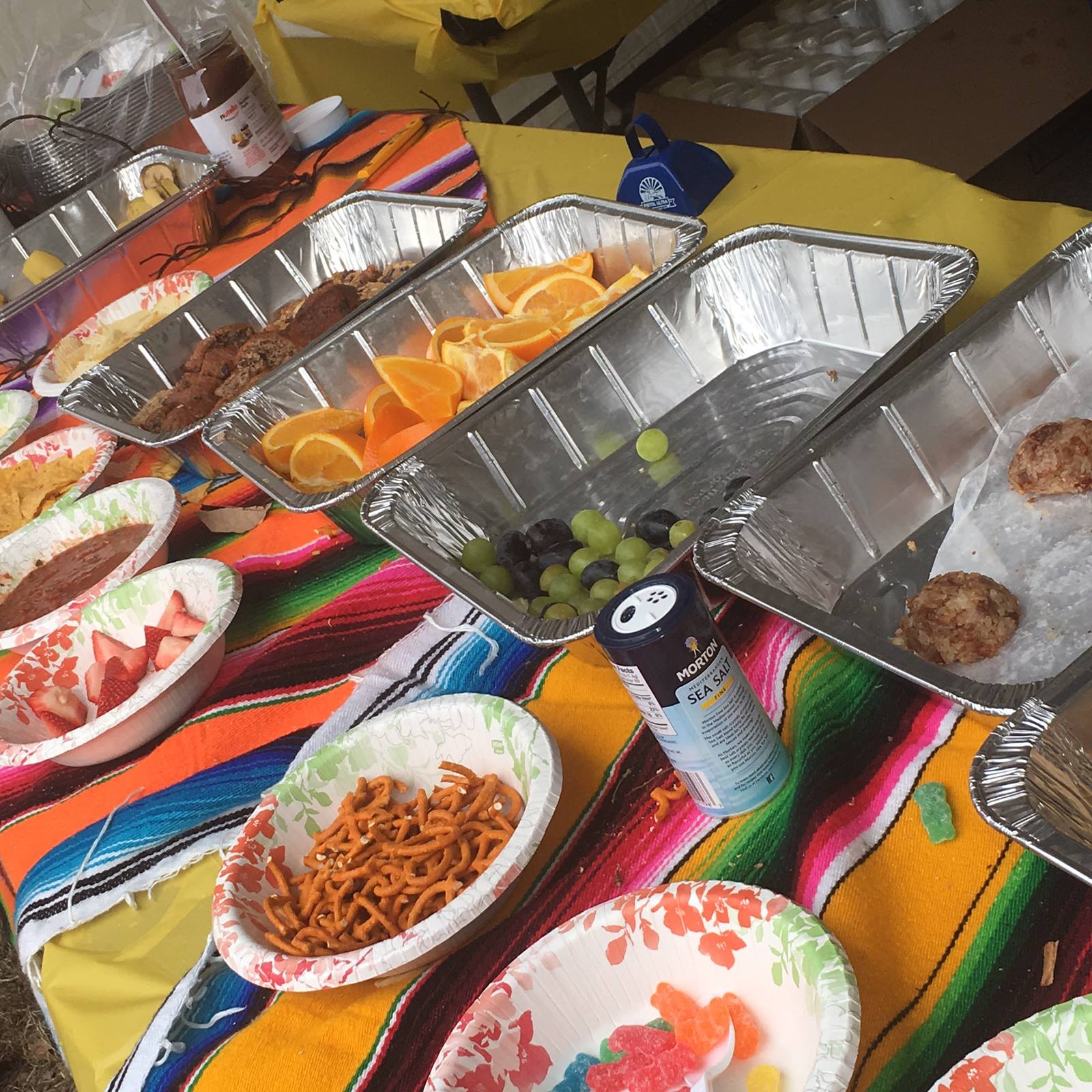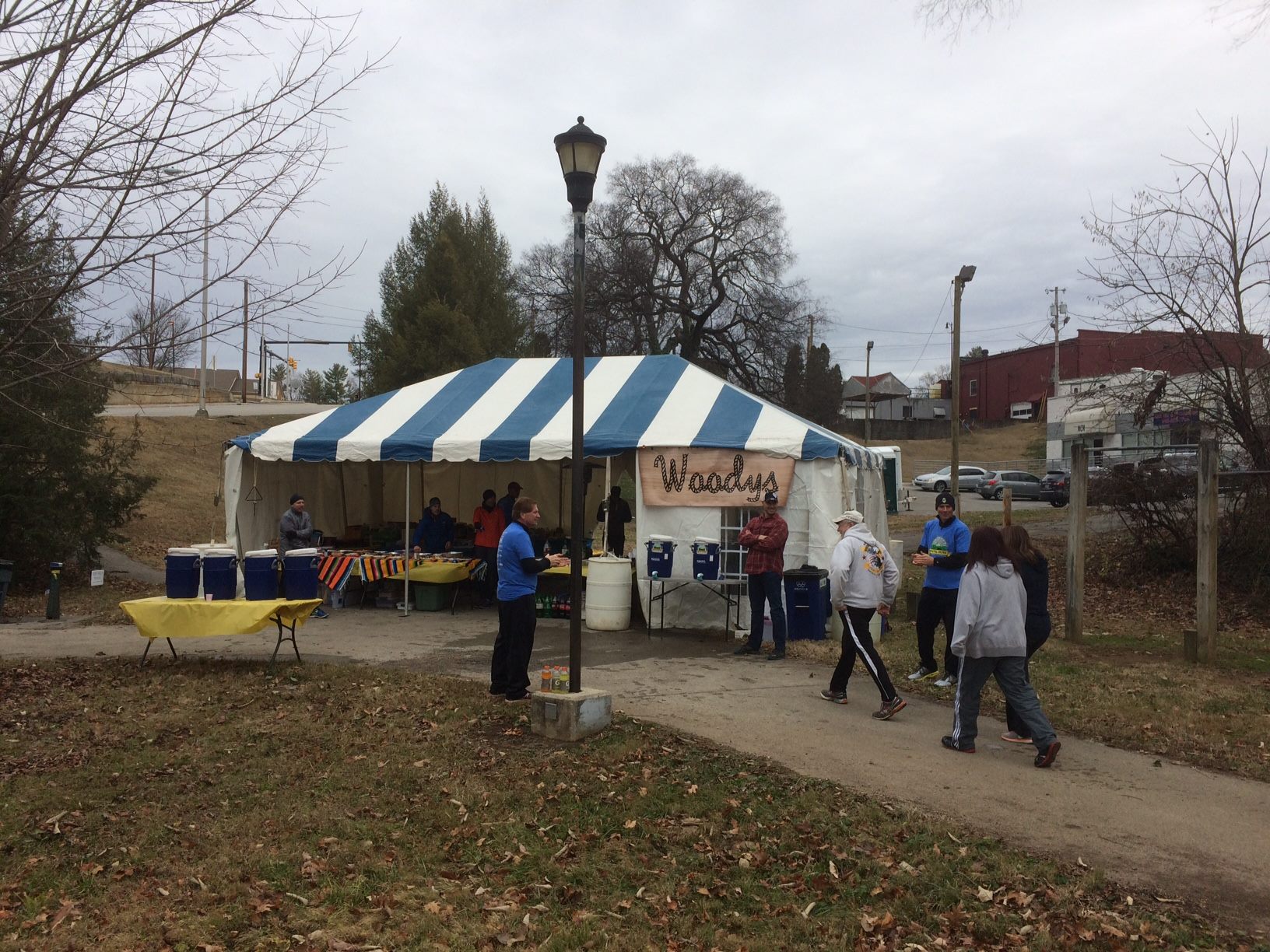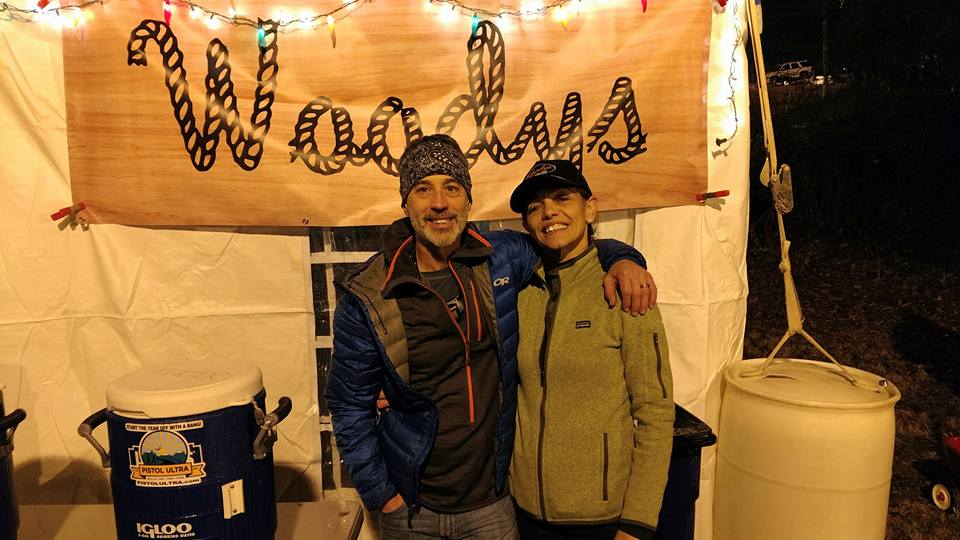While this time of year is when people planning a thru hike for the spring or summer are getting their final gear and food purchases together, there's one group of people who frequently get overlooked: the support crew. For some people, this is the spouse staying home and working to keep the bills paid; for others, it's mom and dad sending care packages every few weeks. No matter who you are in relation to your favorite hiker, being a part of a support crew manning the home front is no easy job! This post is dedicated to all those at home, monitoring their loved one out on the hardest vacation they'll ever take.
Know your loved one is always thinking of you
While this seems like a no-brainer, sometimes it's hard to remember that your hiker misses you when you see their social media updates. Sure, that sunset photo is gorgeous and the hikers around them look happy without another care in the world. What you're not seeing is the internal struggle of missing home, the dirt under their toenails, and the struggle it took to not only get up the mountain to get the shot, but also the struggle of the night hike to get into camp! So, even though the photo looks like life at it's finest, know that your hiker is thinking of you and how nice it would be to share that moment in real life rather than just in photos.
Just because they didn't call doesn't mean the worst has happened
While it might seem scary to know that there will be several days between phone calls or texts sometimes, know that it doesn't always mean that something terrible is happening! Even though since my AT thru hike waaaaaay back in 2012 phone service has reached more and more places, it's amazing how much remote country you can still find here in the USA. Sometimes sending a text message out will use upwards of 20% of your battery life, which can be a real bummer when you're 4-5 days from your next charging opportunity. And, as we covered above, I promise it sometimes frustrates your hiker too when they can't get in touch with you.
We would LOVE to see you, but we need you to be flexible on dates and times
Sure, it would be great to meet you in town in four days. Sure, it's 100 miles away, but we can get there! Or can we? Sometimes weather, tough terrain, and general fatigue make it REALLY HARD for us to get to a certain point at a certain time. If you're going to take some time off to meet your hiker in a certain place, make sure you don't take it out on them if they're late or tired that first few hours. Remember, we really did miss you and appreciate you and we probably busted ass to get to see you. If you want to come visit a hiker, make sure you give yourself a few days in that area to meet up, hike with them (if that's the plan), slack pack them and their buddies, or even do trail magic. It'll make it easier on both parties!
We really, REALLY appreciate everything you do
Sure, the last two times we were able to get in touch with you we were asking you to mail us things or telling you how to forward that box we accidentally sent to your house instead of the hostel we'll be at TOMORROW and we REALLY NEED IT RIGHT NOW EVEN YESTERDAY OMG. That doesn't mean we forgot that it was kind of a pain for you to take care of it for us while you're juggling working a 40-hour week and taking care of all the pets. We might not always show it in the right ways (after all, we have been walking 20 miles a day for the last 14 days and didn't sleep the last two nights due to snoring folks in the shelter), but as a hiker I promise it doesn't go unnoticed how much you help us out.
When you're feeling sad or lonely, online communities can be a big help
There are so many Facebook groups now for hikers you'll be sure to find one that suits the trail your loved one is doing. Many family members join these groups as well. It's a great place for hikers to share information and for support crew members like yourself to vent a little bit about what it takes to be the person at home. You might even get some joy out of following certain hashtags on social media as well, following journeys of other hikers and their crew out on the same trails. It'll help you really visualize where your hiker is or what they meant when they described their day to you.
It's been argued many times that being the support crew at home is harder than being the one out doing the actual hiking. For many distance hikers, it can be hard to remember that life goes on as normal even when we're out hiking for six months at a time. Nevertheless, being the support crew for a hiker is a unique experience that requires nearly as much planning and flexibility as being out on the trail yourself. And we love you. And we appreciate everything you do for us. And we miss you. Take care of yourself!
Have you ever been the support crew for someone else? What would you add to my list of "surviving" the experience?





